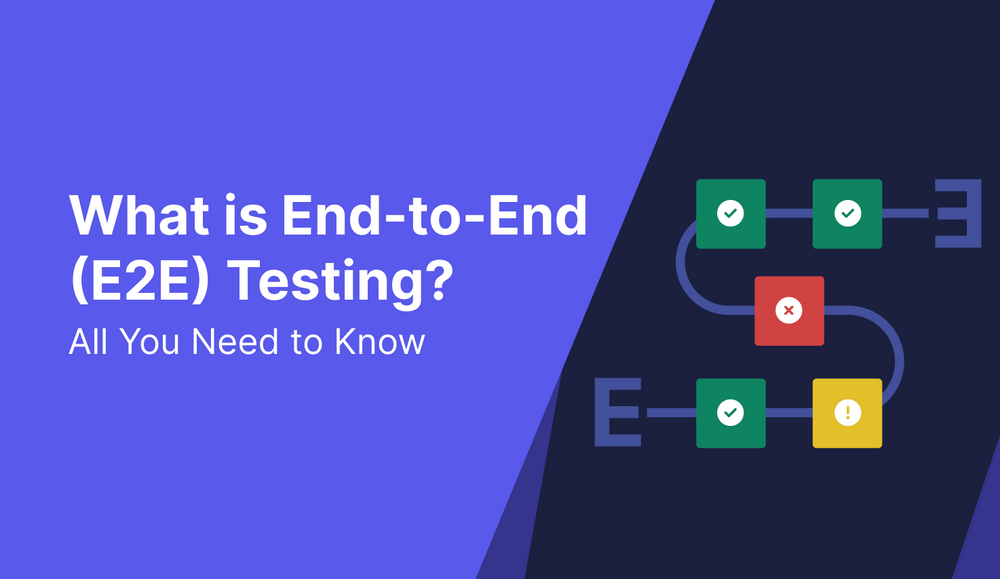End-to-end testing
What is End-to-End Testing?
Definition:
“End-to-End Testing” is a comprehensive software testing methodology that evaluates the functionality of an entire system from start to finish. It involves testing an application’s workflow, data processing, and interactions with external systems to ensure that all integrated components work seamlessly together. End-to-End Testing is typically performed to validate that the software behaves as expected and meets the specified requirements in a real-world scenario.
Analogy:
Think of End-to-End Testing as a final dress rehearsal for a play. Just as a dress rehearsal tests all aspects of a theatrical production, End-to-End Testing evaluates the entire software system, identifying and addressing any issues that may arise in the interaction between different components.
Further Description:
- Scenario-Based Testing: End-to-End Testing involves creating and executing real-world scenarios that mimic user interactions with the application. These scenarios cover various workflows, inputs, and outputs to ensure a thorough examination of the system.
- Integration of Components: This type of testing verifies the seamless integration of all system components, including databases, APIs, external services, and user interfaces. It helps detect issues related to data flow and communication between different parts of the application.
- Automation: Automation tools are often used in End-to-End Testing to simulate user actions, inputs, and interactions across the entire application. Automation helps in executing tests more efficiently and consistently, especially when dealing with complex scenarios.
- Validation of Business Processes: End-to-End Testing goes beyond individual features and validates entire business processes, ensuring that the software aligns with the overall objectives and requirements.
Why is End-to-End Testing Important?
- Identification of Integration Issues: It helps detect issues that may arise when different modules or components of a system interact, ensuring that the entire application functions cohesively.
- Realistic Scenario Validation: End-to-End Testing evaluates the software in scenarios that closely resemble actual usage, providing a more accurate representation of how the application performs in a production environment.
- Risk Mitigation: By identifying and addressing potential issues early in the development cycle, End-to-End Testing reduces the risk of encountering critical problems in later stages of the software development life cycle.
Examples and Usage:
- E-commerce Checkout Process: Testing the entire process of selecting items, adding them to the cart, proceeding to checkout, and completing the purchase to ensure a seamless online shopping experience.
- Banking Transactions: Verifying the end-to-end functionality of online banking applications, including user authentication, funds transfer, bill payments, and account statement generation.
- Healthcare System: Testing the complete workflow of a healthcare management system, from patient registration and appointment scheduling to electronic health record (EHR) updates.
- Travel Reservation System: Evaluating the entire process of searching for flights, selecting seats, making reservations, and receiving booking confirmations in a travel reservation application.
In summary, End-to-End Testing is a comprehensive testing approach that assesses the functionality and integration of an entire software system. It plays a crucial role in ensuring the reliability and performance of complex applications.
Key Takeaways:
- End-to-End Testing evaluates the functionality of an entire software system, including its various components and interactions.
- It involves creating real-world scenarios to test the application in a manner that closely simulates actual usage.
- Automation tools are often used for efficient execution, especially in complex scenarios involving multiple components.
- End-to-End Testing helps identify integration issues, ensures realistic scenario validation, and mitigates risks early in the development process.
Table of Contents





